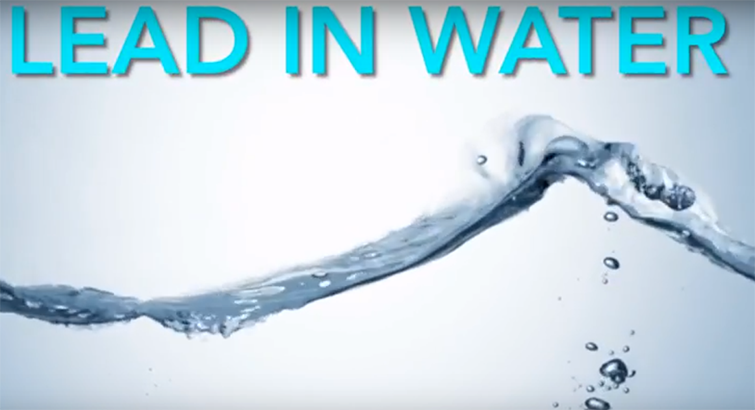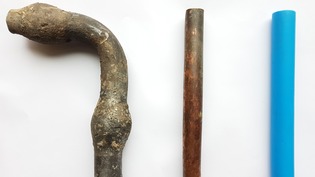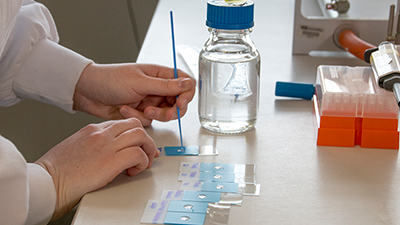What You Can Do About Lead
What You Can Do to Reduce Lead in Your Drinking Water
Lead has been used for plumbing since Roman times. If your house was built before 1970 the chances are you may have lead pipework.
You are responsible for the supply pipes which are from the stopcock, typically found at the boundary of your property and all of the indoor plumbing.
If you have lead pipes, the only sure way to eliminate lead levels completely is to replace them.
Click here to view some examples of pipes which may contain lead within your home.
But there are some quick, easy steps you can take to reduce the lead levels in your drinking water until lead pipes can be replaced.
Here’s What You Can Do
-
Check your pipes
-
Contact a licensed plumber to advise on replacing any lead pipework in your property. To find a licensed plumber visit WaterSafe UK
-
Contact Scottish Water for advice on the water main and service pipe to your home
-
Only use water from the kitchen cold tap for drinking and cooking as hot water dissolves more lead than cold
-
Never cook or mix instant formulas using water from the hot tap
-
Run the tap for a few minutes before using the water until you feel the temperature drop before cooking, drinking or brushing your teeth, especially if the water has been standing for some time in the pipes, such as overnight
-
Boiling will NOT remove lead from water
-
BE LEAD AWARE - TAKE ACTION
We can test your water if you are concerned about lead, contact us:
Customer helpline - 0800 0778 778
Email - help@scottishwater.co.uk
Twitter - @scottish_water
Facebook - facebook.com/scottishwater
Further information can be found in the factsheets 'Lead Explained' and 'Lead Pipe Replacement' on our Customer Factsheets page








